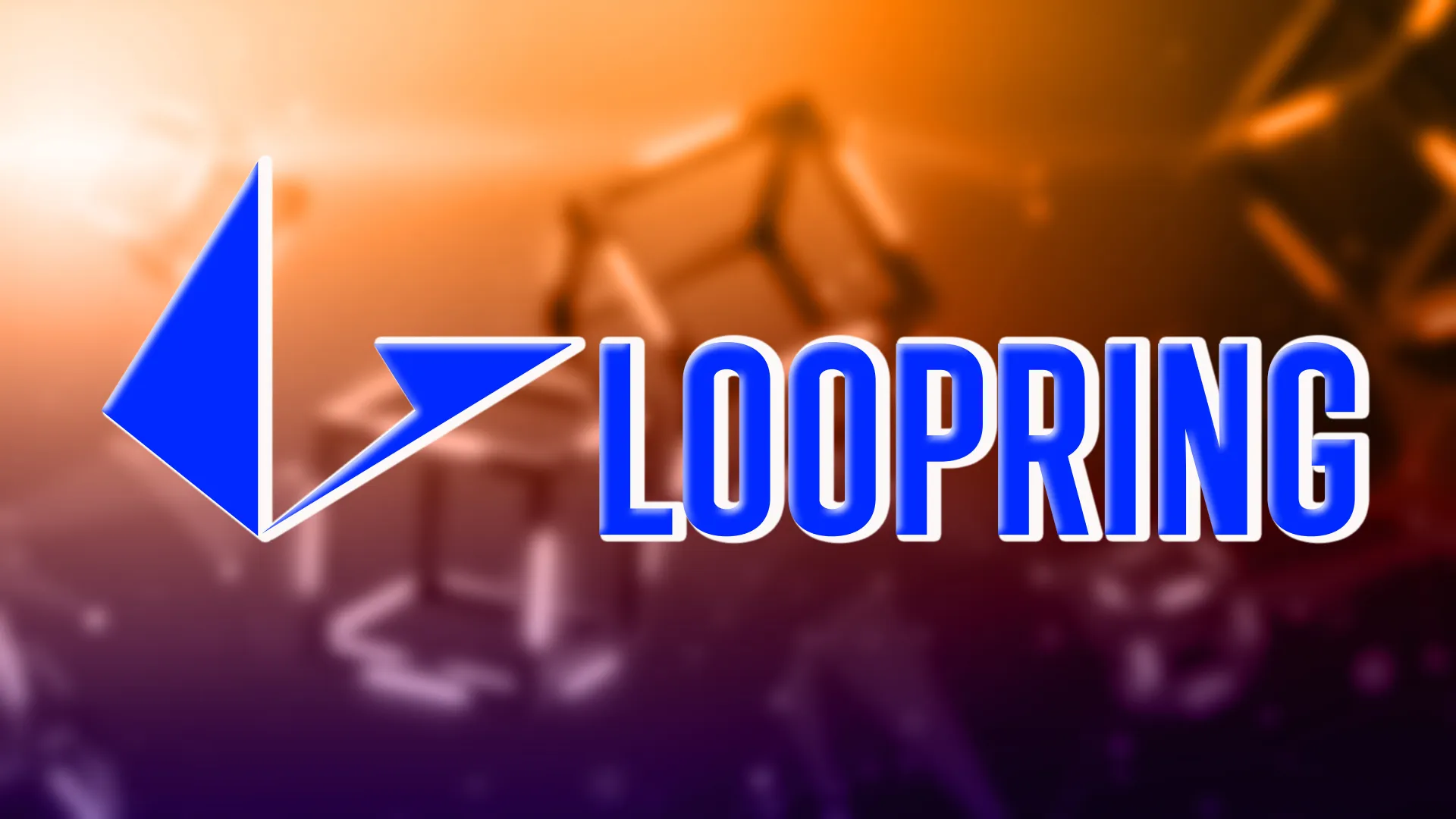How the Loopring Protocol Keep Alive in Spirit of Decentralisation?


- The Loopring network is a solution to the challenges faced by both centralized and decentralized exchanges.
- LRC is the native token of the platform used for paying fees or swapping against other tokens.
Blockchain-based digital assets have become quite common nowadays, with thousands already coming up and others on the way. This calls for the facility to freely exchange these tokens, either with a trading motivation or to use native tokens on networks, to empower the whole cryptocurrency ecosystem.
Traditionally, centralised exchanges (CEXs) like Coinbase, Kraken, and OKX, have been doing this work. However, the entry of a central entity into what is supposed to be a decentralized environment contradicts the underlying principles. Along with it, they also come with risks of security, lack of liquidity, and opaqueness.
CEXs require users to surrender control of their private keys, making them vulnerable to potential hacks. Although these exchanges openly acknowledge the underlying risks, people continue considering them as table stakes. While depositing assets to CEXs, they give users an IOU (I Owe You) and users trade in them instead of the original assets.
However, there is no transparency in how these exchanges handle these assets. They may invest in other projects, lose money, or even go bankrupt and you are just left with your IOU. The lack of new exchanges from entering into a competition because of their lack to build initial liquidity, results in just a few prominent holding maximum market share and becoming honeypots for attackers.
The concept of decentralized exchanges (DEXs) revolves primarily around DeFi, which was made to eliminate the aforementioned issues. The automated market makers (AMMs) reduced the need for a central entity and smart contracts execute them automatically. However, DEXs also suffer from the inherent drawbacks of blockchain networks like scalability and high gas fees. As all the transactions are public, the users may also suffer from the risks of front-running by miners. Thus, DEXs still have space for improving their performance and structure.
What Is the Loopring Protocol?
The Loopring protocol is not a DEX in itself, but rather a standard protocol to build DEX. All the orders are expressed using a Unidirectional Order Model (UDOM) where bids and asks are replaced by amountSell and amountBuy. This ecosystem is powered by several components which include:
Wallets
These serve as the basic interface required by users to send orders to the protocol and access their tokens. When nodes run the Loopring relay software over the network, they can choose to either join a consortium blockchain and share liquidity with other nodes or run and manage their separate liquidity network.
The nodes which engage themselves in ring mining are called relays and they perform the duties of maintaining trade history, public order books, and receiving orders from the wallets. The ring mining feature is performed off-chain and requires heavy computational effort and is just a feature not a requirement for them.
Relays
These nodes engage in ring mining and perform the duties of maintaining trade history, public order books, and receiving orders from the wallets. Ring mining involves off-chain computational effort and is a feature, not a requirement, for them.
Loopring Protocol Smart Contracts (LPSCs)
These public and free smart contracts incentivize ring miners, facilitate trustless token transfers for users and broadcast events. These events serve as the source for relays to keep their order book updated.
The process of exchange begins with protocol authorization, where LPSC is authorized to perform transactions without locking the tokens. Next, the order is created, and users can attach LRx tokens to pay the ring miner an extra fee to prioritize their transaction. The orders are then broadcast, and the relay nodes update their order book accordingly.
These broadcasts take place on a communication channel and a built-in consortium blockchain channel, as aforementioned, is provided to them. The ring miners engage in the match-making process, where they match an order with a demanded or better price. The ring miner claims his margin as a reward. Finally, after conducting multiple verifications, LPSC settles the transactions and automatically transfers tokens to the correct account.
Conclusion
The Loopring protocol aims to serve as a foundational layer for DEXs and serves several benefits. Settlements are executed on-chain while management is done off-chain contributing to high network security. The front-running issue, common to all DEXs, is solved by the Dual Authoring of the protocol. The public smart contracts allow easy access for developers to build dApps and the standard process creates a better end-user experience.
Recent Posts
Cathie Wood’s ARK Invest Rumored To Be In Talks With This New DeFi Project
Whispers in the crypto community suggest Cathie Wood’s ARK Invest is eyeing a new DeFi…
5 Reasons Why Skyren DAO Is The Best Crypto To Invest In Right Now
The world of cryptocurrency is buzzing with new innovations. However, few projects manage to combine…
Trump Throne ($THTRN) Takes the Meme Coin Throne with an Explosive Launch
The crypto world has witnessed yet another legendary moment as Trump Throne ($THTRN) made an…
Skyren DAO Teams Up With Dex-Trade: What It Means For Your First Crypto Investment
Skyren DAO is making its biggest exchange move yet, announcing that SKYRN will soon be…
Benjamin AI Set to Revolutionize DeFi with Fjord Foundry Launch
Big things are on the horizon as Benjamin AI, one of the most anticipated projects…
Beyond Presale Coins: Skyren DAO’s Token Presale Promises Multi-Chain Airdrop Riches
The crypto world is buzzing, and for good reason—Skyren DAO is rewriting the rulebook on…

